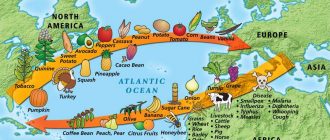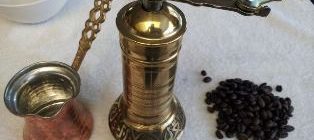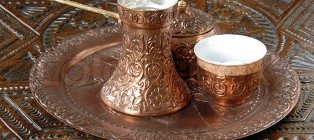Colombian coffee is considered to be the finest in the world, owing to its rich flavor and well-balanced taste contributed by the favorable climatic conditions in the high altitudes of Colombia. Read our guide for more facts and information…
In the mid sixteenth century, Jesuit priests introduced coffee to Colombia, and encouraged farmers to plant three to four coffee trees per head, as they were not willing to take it up on a larger scale. This was because of their worry that coffee would take five years to yield the first produce, and their survival would be at stake during that period. In spite of the small beginning, coffee plantations picked up well, and Colombia started exporting coffee in 1835, sending about 2000 bags to the United States. By 1875 the export increased to 170,000 bags, and currently it is about 11,000,000 bags per year. Presently, Colombia is the third largest coffee producer, with Brazil in the first place and Vietnam in the second.
Superiority of Colombian Coffee
Colombian coffee is marked among the best, owing to the high quality of its coffee beans namely, Coffee Arabica. The Arabica bean grows better in higher altitudes with drier climates, and it happens to be superior to the Robusta bean, which is predominant in the lower-lying and wetter regions of Vietnam. Colombia provides ideal conditions for Arabica with its high altitudes, comprising arid mountains and volcanic soil, which is rich and well drained. Besides, it is favored by the shade of rubber trees and banana trees.
Coffee Growing Regions
The region comprising Medellin, Armenia and Manizales in central Colombia produces flavor-rich, heavy bodied coffee with balanced acidity. This region is commonly referred to as MAM. In eastern Colombia, the region near Bogota and Bucaramanga produce coffee that is richer and heavier, with lesser acidity than that of the MAM region. Therefore, the coffee from the eastern regions is much preferred by coffee experts.
Colombia’s national brand -Juan Valdez
Juan Valdez refers to a character that is printed on Colombian coffee logos, depicting a person clad in poncho and sombrero, representing Colombia. Juan Valdez café, a multinational chain of coffeehouses with its base in Colombia, deals with retail sale of coffee. Created by the National Federation of Coffee Growers of Colombia, it sells pure Colombian coffee. The federation, which was set up in 1927 is owned and operated by nearly 500,000 farmers, involved in coffee-cultivation on small farms rather than plantations. Consumers, who buy at Juan Valdez stores, support the farmers directly.
Coffee Pods
Coffee pods were originally invented by Phillips and Douwe Egberts, and they are used in Senseo pod machines. They were actually made to eliminate the need of a coffee filter, and work similar to tea bags. Hot water is pressurized and passed through the paper pod, placed in a receptacle on the brewing machine and discharged into a cup. It takes about thirty to sixty seconds to fill a single cup.
With worldwide popularity, Colombian coffee has a matchless taste and aroma. Many brands, such as Empire coffee offer 100% Colombian blends, with custom- roasting and blending. Senseo also manufactures Colombian blend as one of its specialist blends. Brewed coffee that is freeze-dried or spray-dried results in coffee crystals or instant coffee, which is widely prevalent today.





